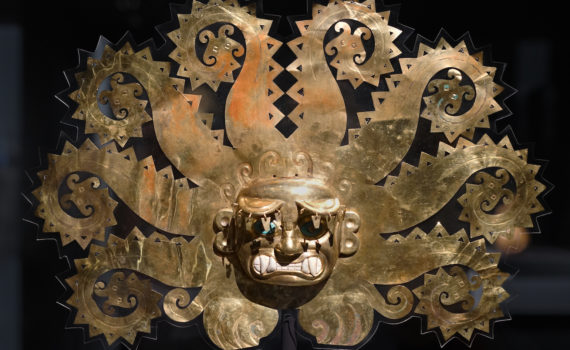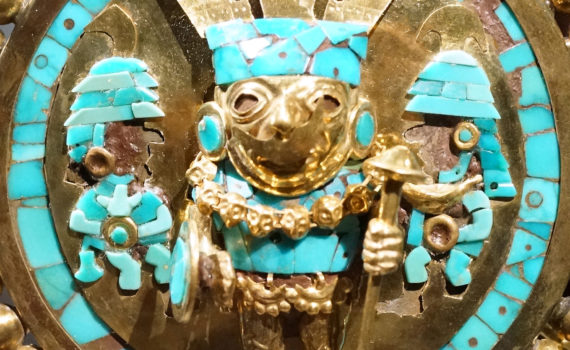Some background
videos + essays
We're adding new content all the time!
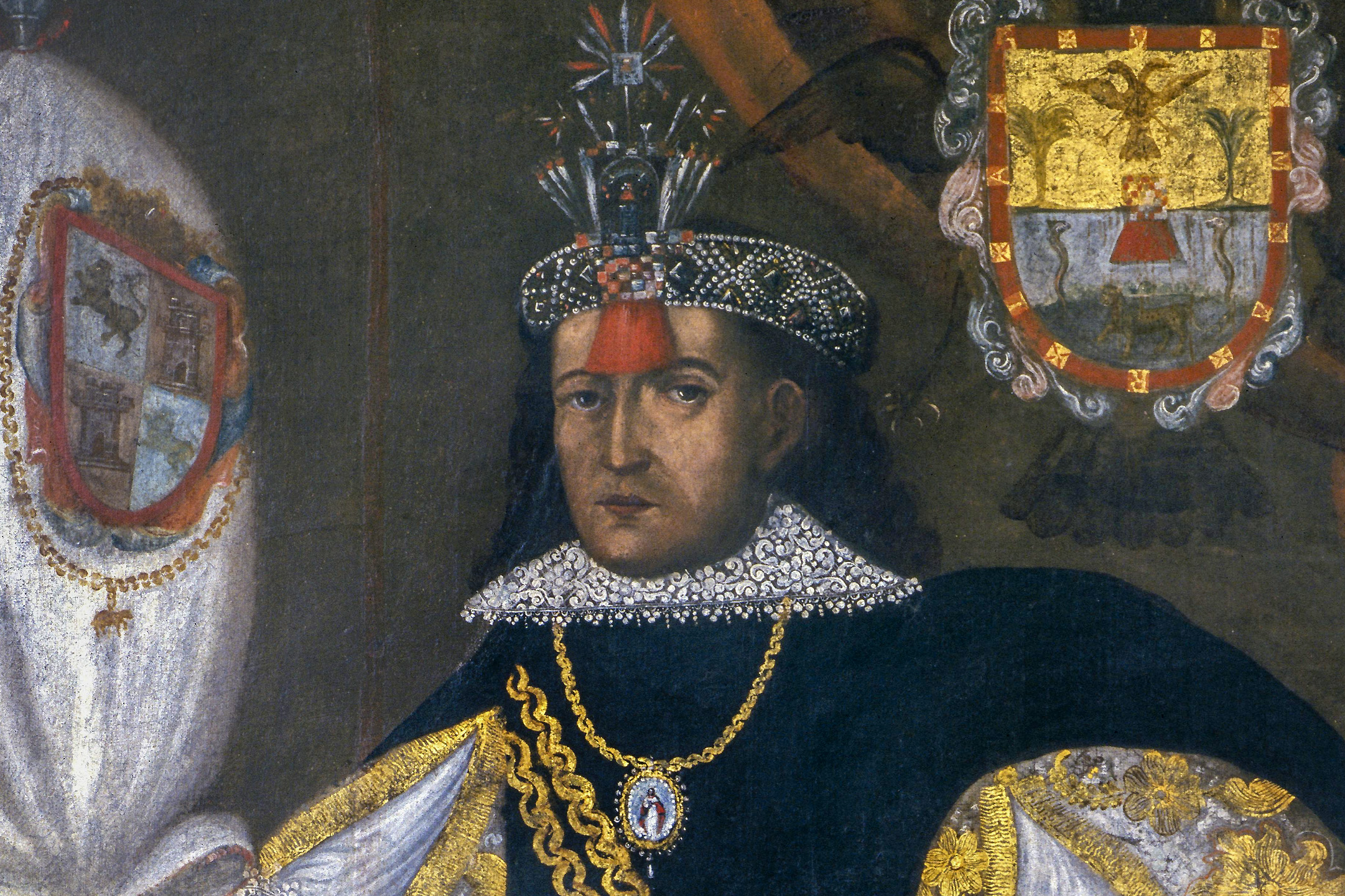
Portrait of Don Marcos Chiguan Topa
An Indigenous nobleman in colonial Peru, Don Marcos is strategically portrayed with emblems of both Inka and Spanish elite status.
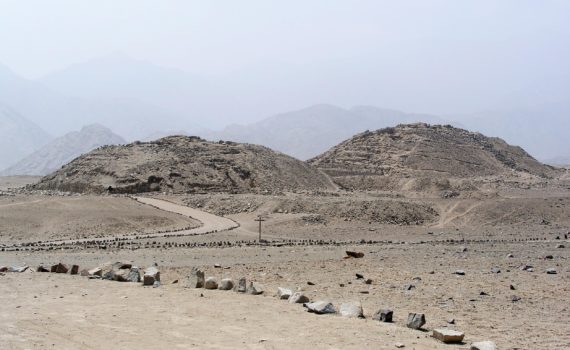
Caral
Caral's plan and some of its components, including pyramidal structures and residence of the elite, show clear evidence of ceremonial functions, signifying a powerful religious ideology.
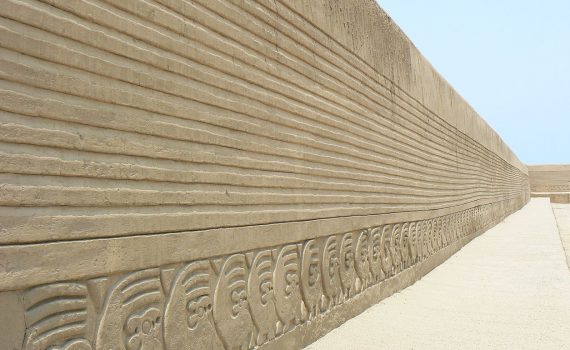
Chan Chan
The planning of this huge city, the largest in pre-Columbian America, reflects a strict political and social strategy
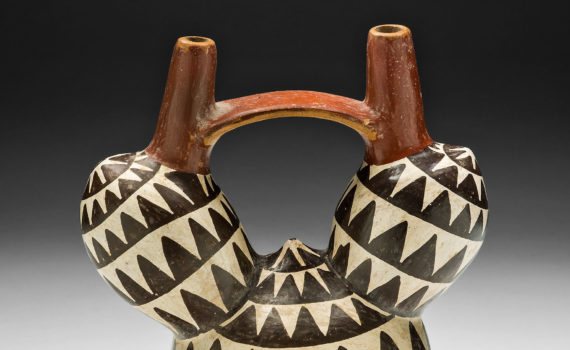
Nasca Art: Sacred Linearity and Bold Designs
The Nasca were interested in issues of design and abstraction centuries before the rise of abstract art in the twentieth century.
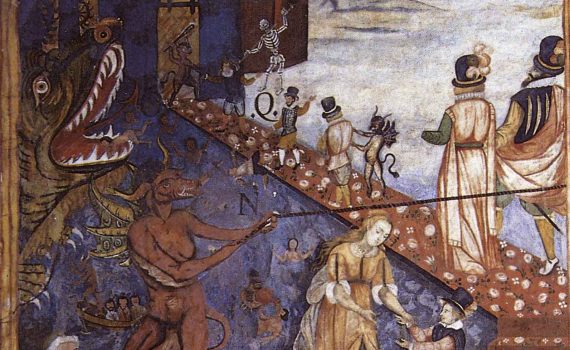
Luis de Riaño and indigenous collaborators, The Paths to Heaven and Hell, Church of San Pedro de Andahuaylillas
“For wide is the gate and broad is the road that leads to destruction, and many enter through it / But small is the gate and narrow the road that leads to life, and only a few find it.”
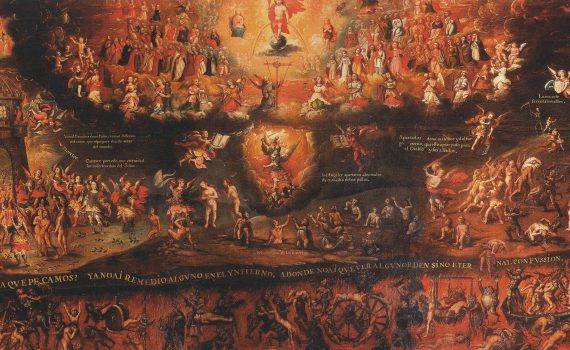
Diego Quispe Tito, Last Judgment, 1675
Sinners depicted along the lower register receive an array of bodily tortures; the souls in heaven, by contrast, surround the ascended Christ in an orderly formation.

Bernardo Bitti, Coronation of the Virgin
Bernardo Bitti's painting at the Church of San Pedro in Lima shows that the Renaissance was a global event.
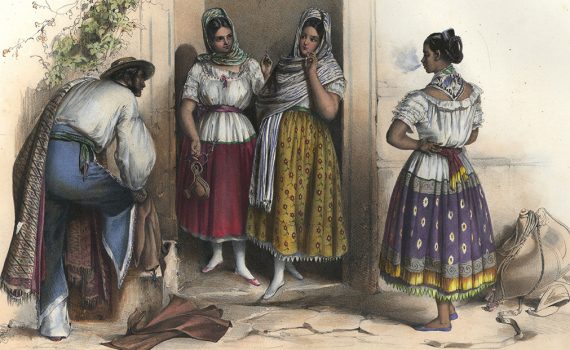
Costumbrismo
Stereotypical folkloric scenes were widely circulated, shaping perceptions of Latin America at home and abroad.
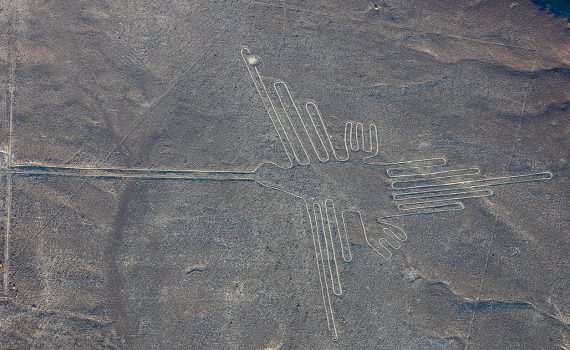
Nasca Geoglyphs
These images carved into the desert floor cannot be truly appreciated from the ground—so who were they made for?
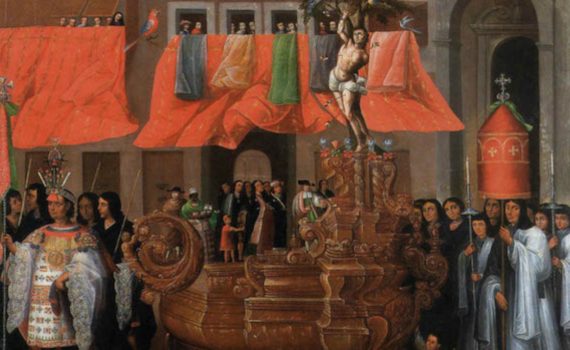
Parish of San Sebastián, Procession of Corpus Christi series
Corpus Christi processions celebrate Christ as victor and allude to the triumph of Christianity over paganism.

